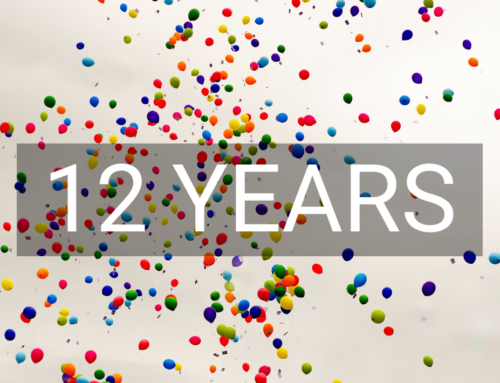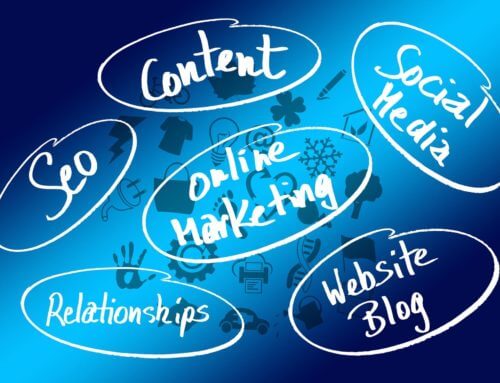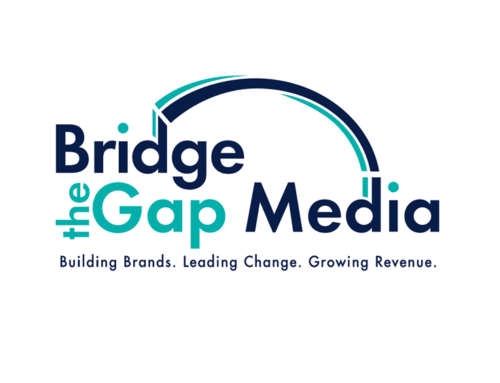The siloed model just doesn’t work anymore…from iMedia
Sure, agencies can look at all the technology changes, media shifts, industry turmoil, and business challenges they are up against and feel nothing but stress and pressure to meet the needs of the dynamic audience. But that’s not how Bryan Weiner, CEO of 360i, chooses to view the opportunities presented to agencies during what he refers to as the golden age of the agency.
“It’s time to leave the pessimism behind. This represents an unprecedented opportunity for agencies to become indispensable marketing partners,” said Weiner in his Agency of the Future address at last week’s IAB Ecosystem conference in Carlsbad, Calif.
So what’s holding agencies back from reaching their true potential? For starters, Weiner explained that the industry needs to get better at keeping up with customer and technology demands; yet, the current agency structure hasn’t evolved at pace with media innovations, which makes it difficult for even the most innovative of marketers to push new ideas through. “The advertising holding company structure hasn’t changed; it’s still a television-centric advertising model,” he said. This leaves marketers with two sub-optimal choices — work with traditional agencies that don’t necessarily have the necessary skills to deliver on digital campaigns, or work with a plethora of specialized agencies, which is difficult to coordinate and align across multiple platforms and projects.
Beyond the internal factors are challenges coming from the audience itself. As we all know by now, consumers have taken over the direction of brand communications on many platforms. On top of that, the media platforms themselves have also changed in both form and function, fragmenting more and more as new media come onto the scene. These behavioral and technology shifts are causing a dire need for innovation; yet, as Weiner points out, the system wasn’t built to be adaptable. “The interactive agency model disincentivizes greatness and fails to penalize mediocrity,” he says.





